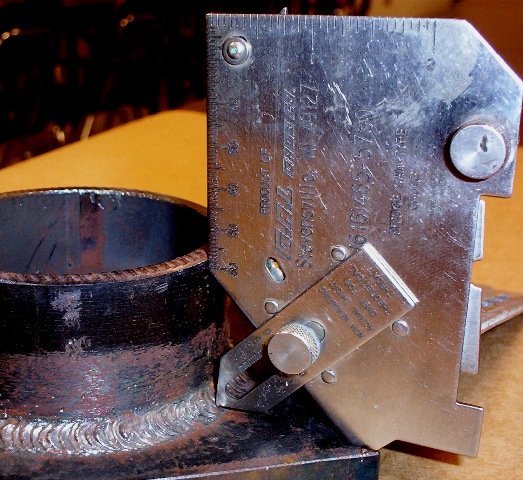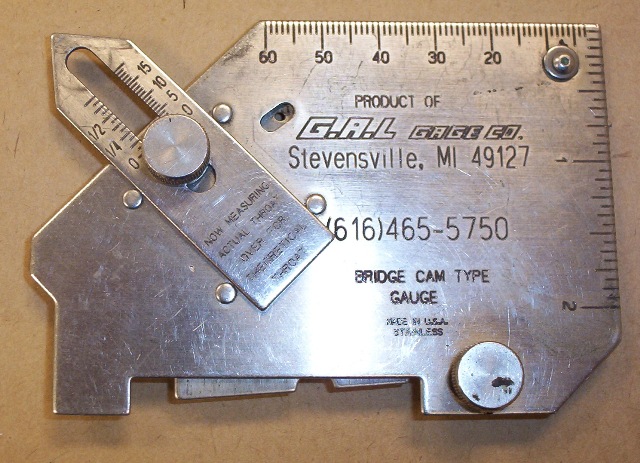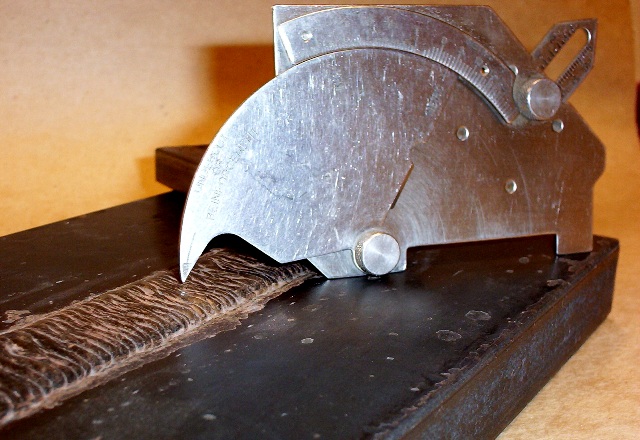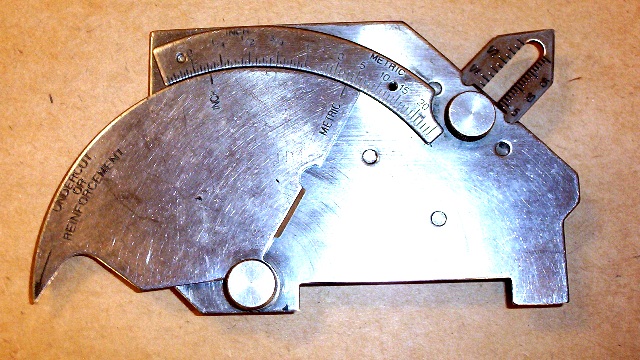Hey Tab, did you remove one of your posts?
The QC inspector's responsibility is to apply the existing acceptance criteria and accept or reject work on that basis.
If there is an issue not clearly addressed by the welding standard (or code), QC should bring it to the attention of QA or other upper management (such as engineering). If after QC's case is heard, engineering and other interested parties agree, they can revise the acceptance criteria provided it is no less stringent than that imposed by the customer's requirements (or the applicable code with legal standing).
In no situation that I can think of should the CWI/SCWI, acting in a QC function, unilaterally change the existing acceptance criteria. The CWI/SCWI acting as a QC inspector can use the applicable code or standard, he can apply it, but no where does it say they are in a position to interpret the code or standard. The only group that can provide an official interpretation of the code is the code committee.
The bottom line is that fillet welds with unequal legs or fillet welds that are larger than that specified are not prohibited by most welding standards and codes. The QC inspector's personal opinion or bias doesn't count until the acceptance criteria is changed by management.
I can't recount how many times I've heard inspectors say, "I don't care what the code says, I don't like it and I'm not buying it!" Usually those infamous words are heard just before the inspector is handed his "pink slip".
Best regards - Al
Hi Al,
Yes, I removed a post ( I thought before I even posted it )
I work on a Nuclear site in the QA/QC group. We have Structural Engineers that write specifications to various standards, and they do very well.
There are times when the (P.E.)Engineer replaces portions of the specification by stating that a section or sections of AISC will take the place of certain sections
of AWS and notes the chapter & verse. The company I work for is an International organization is in the construction business of Engineering, Procurement and Construction.
I typically get involved in whatever phase is needed. I guess my welding /inspection side impacts the procurement side by knowing that if a manufacturer , as a rule of thumb, overwelds structural fabrications, they would have to increase their cost per ton etc. to capture the wasted consumables and time. I'm sure it impacts them from a competitive standpoint. I just like to be proactive in finding ways to help all parties mesh. Sometimes specifications need to be a little "tight" to help ensure overall project costs stay aligned with funding.
Thanks again Al
There is no shortcut to anyplace WORTH going!
Tom
the only issues i see are if it is over sized , in extreme cases, there might be an issue with heat input. also from a production standpoint, it's not profitable.






